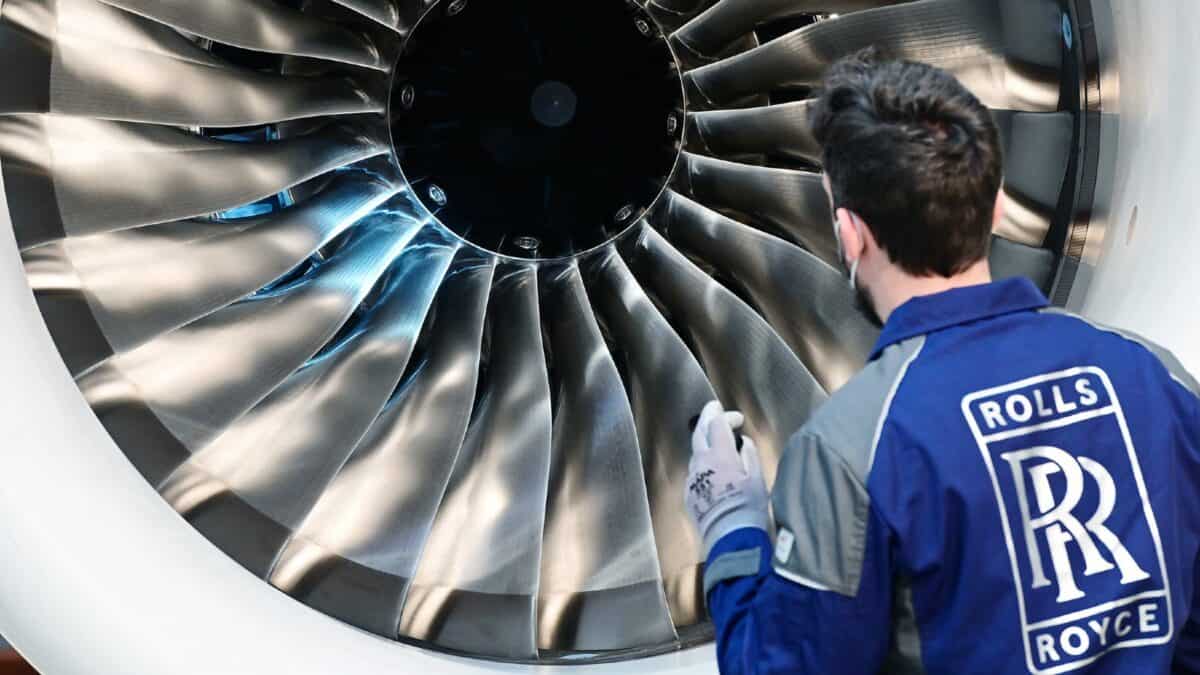Hindsight won’t tell us where Rolls-Royce Holdings (LSE: RR.) shares will go in the future.
But looking back can help us check our past decisions. And if we can’t learn from the past, what else can we learn from?
Before I look at the past three years, and a couple of other timescales, here’s what the Rolls-Royce share price chart looks like now:
Three-year gains
Since November 2020, Rolls-Royce shares have climbed close to 150%. So £10,000 invested back then would have grown into almost £25,000 today.
What did investors know back then that I didn’t?
I imagine they saw a company they thought had good long-term potential, and that would they thought would recover.
But we were also looking at a firm that was under great financial stress, and stood a chance of going bust. At least, that’s what I saw. And Rolls had to take on huge debts to survive.
Quick gains
A year later in 2021, Rolls shares were up, and those 2020 buyers were in profit. A good buy, then?
Well, by early October 2022, almost another year later, the price was down again. And that £10,000 had shrunk to £7,000.
So was Rolls a poor buy in 2020? With the extra hindsight we have today, we can clearly say no.
But at the time, investors only had the valuation and their assessment of the risks to go on. So what’s the real lesson to learn from looking back three years, or five years?
Long-term lesson
One thing is that we can’t tell much from short-term changes. The three-year record now makes Rolls-Royce shares look like a good buy. But a year ago, the two-year record said the opposite.
The true measure of a good investment is a company’s long-term performance. And the share price can only ever be a small part of that.
If we look at Rolls-Royce’s five-year share price, we see a 12% fall. And that would reduce £10,000 to £8,800.
I won’t buy shares unless I want to hold them for at least 10 years. And if I’d bought a decade ago, I could have turned £10,000 into, erm, £5,800. Eek!
Changed company
That tells me one key thing about the stock market crash, global conflict, inflation… all the things that weighed on the Rolls-Royce share price in the past few years. They count for little in the long run.
Unless, maybe, they help push the price down low enough to make it a better buy.
Rolls-Royce had underlying problems for far longer than the recent crash and recovery. And it’s a very different company today, so even comparisons going back a decade might not mean so much now.
What next?
Whether to buy Rolls-Royce shares now, that’s the real question.
That depends on each investor’s take on the current stock valuation, coupled with how they think future earnings and dividends might go. And not on what happened in the past.
But it can still be good to look back in a few years and re-examine how and why we made our choices.







